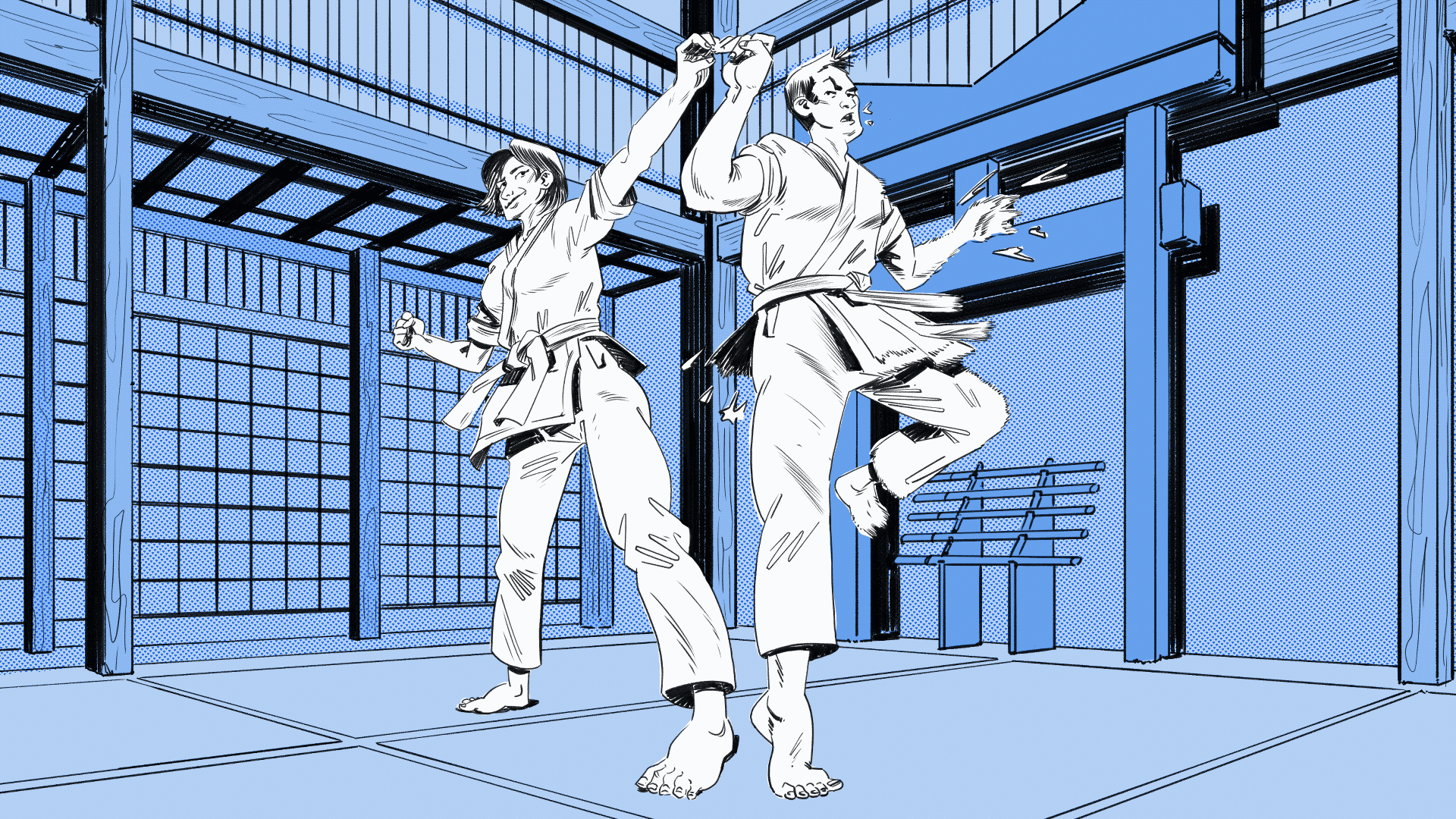
Four tools for better collaboration with difficult partners
I started karate as a teenager. I learned a lot about myself: how to set and achieve goals, how to teach others, how to spar, and how to yell really, really loudly. I was in constant pursuit of perfecting my form, my speed, and my power, practicing kick after kick to achieve the most perfect and powerful strike, so much so, that I eventually earned a black belt at age 17.
In karate, my opponent was myself. My pursuit was self-mastery.
In college, I started training Brazilian jiujitsu. Despite my martial prowess, I found it incredibly difficult. Jiujitsu is defined by its interactions with other people. Success was no longer about mastering myself, but instead mastering someone else. I learned very quickly that despite my strength, trying to overpower my opponent was a great way to get exhausted and lose. I had to learn how to redirect my opponent’s energy against them, guiding their actions and ultimately controlling the situation.
Wrestling with real human beings is far more difficult than punching and kicking air. Self-mastery is a cake walk compared to mastering others.
But there’s something even more difficult to master than both karate and jiujitsu — it’s two-step dancing.
Recently, my wife and I took two-stepping lessons; if you’re not familiar, two-stepping is a popular partner dance in the south, specifically Texas, and often includes cowboy boots and always country music. One partner, usually the male, dances forward while the female partner dances backwards as her partner guides her. Starting out in the lesson, I felt confident I would quickly master this dance since I had so much experience in jiujitsu with partner work — directing them, controlling them, subduing them…this dance was going to be the easiest sparring I’d ever done.
That is, shockingly, not how things played out.
When I suddenly pushed on my wife’s hips to get her to make the turn around the dance floor, she stumbled and lost her balance. When I flung her forcefully into the spin and back again, she got whiplash from me yanking her out and in. And when I made sure to do the right steps at the right time, I stepped on her feet because she wasn’t keeping my pace.
It turned out that I couldn’t control and force my wife into good dancing. In reality, we had to work together. We both needed to make adjustments and be aware and sensitive to each others’ positions and remain flexible and responsive.
The same is true when working with people.
Everyone we work with wants or needs something a little different. If we want to lead and influence, we need to be able to work alongside them, moving in tandem towards solving the big problems.
Some of the most useful and practical tools for the coworker dance come from Chris Voss’ book, “Never Split the Difference.” Voss is a former FBI hostage negotiator, and has a ton of tools in the book. But here are four of my favorites, and how I like to use them as a designer.
1. Use Calibrated Questions: Uncover the Real Problem
Whenever we’re trying to solve a problem with other people, alignment should be our priority. We need to make sure that we understand each other, the context of our work, and how we might solve what’s in front of us. Calibrated questions are open-ended and often start with words like “how” or “what.” Our goal when asking a question like this is to get our partners to think intentionally about the problem at hand.
Why it works
- Disarming: calibrated questions are non-threatening. They don’t put the other person on the defensive.
- Engaging: they require more than a yes or no answer, making the other person invest in the conversation.
- Revealing motives: these questions help you understand what your coworker truly cares about — what problem they are trying to solve.
When we’re working with others and one person has a specific solution they want to implement, it’s really important that we question the root problem that we’re trying to solve. I’ve often been in a situation where engineering or a product manager assumed an answer to a problem, but as we asked more probing questions, we realized that there may be more solutions to the primary problem than the one suggested. As designers, if you’re able to ask questions and get alignment on a particular problem, this would be a great opportunity to push for user research to validate solutions.
Potential Questions
- Tell me more about [blank]?
- What would you say is our primary objective?
- In your words, what do you think the real problem is?
- How will this impact our overall business strategy?
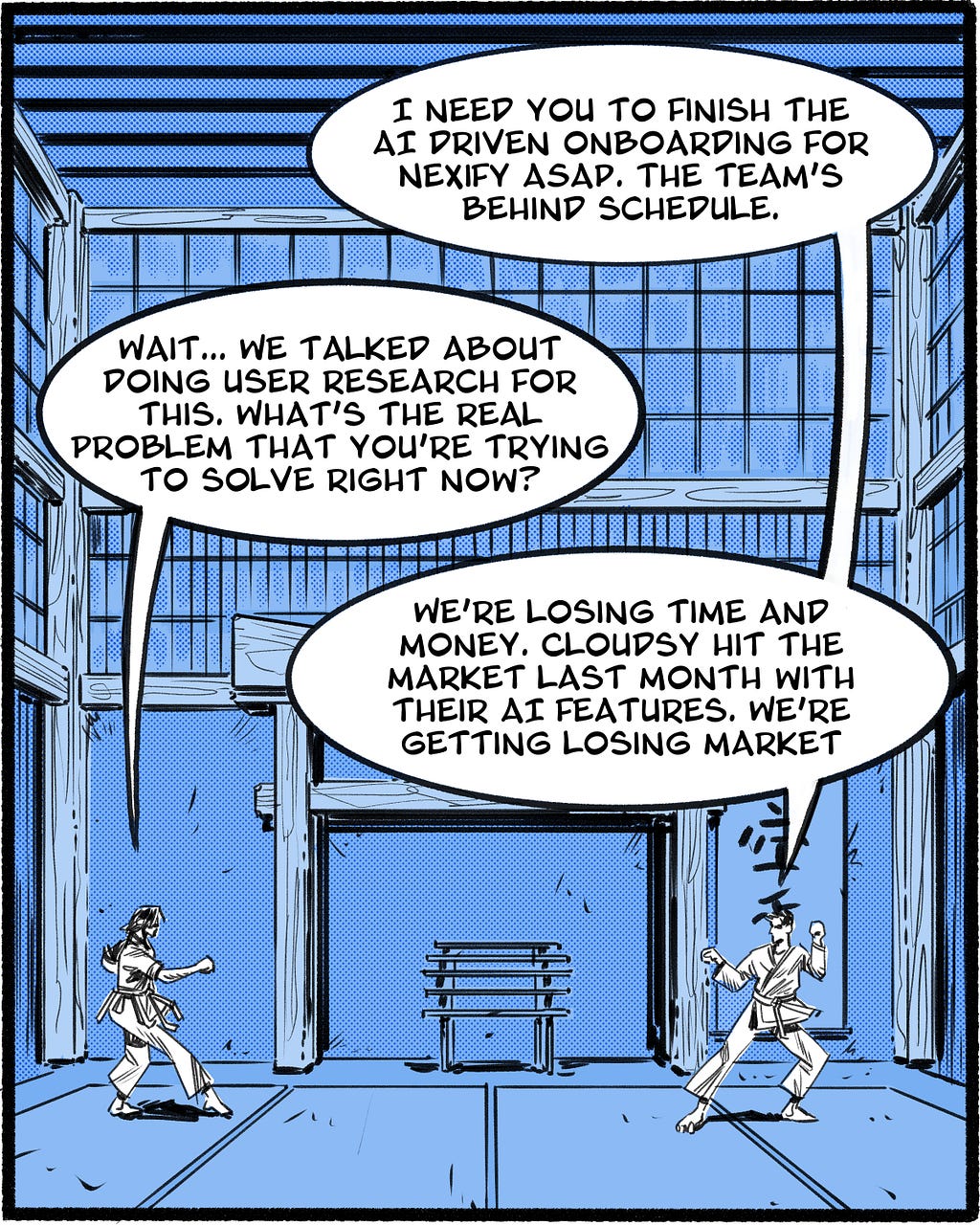
Example
Imagine your colleague is pushing for specific solution on a tight deadline. Instead of pushing back, try to understand why they’re pushing so hard. “What would you say are our biggest challenges that we face meeting this deadline?” This question doesn’t challenge the deadline directly, but can prompt your coworker to think about the strategic objective you all want to achieve and reveal any hidden concerns or motives.
2. Mirror Their Words: Reflect and Build Rapport
If we want to be able to influence others, we need to understand what they’re saying. Nothing shuts down a conversation faster than one party feeling like the other isn’t listening. Mirroring is an incredibly simple but overwhelmingly effective tool for building connection and alignment when working with others.
Why it works
- Validation: mirroring shows that you’re actively listening, that you care about what they’re saying.
- Confirmation: it helps confirm that what you think you’ve heard is what your coworker has said.
- Redirection: it allows you to validate their concerns and then point them towards a potential solution.
All we need to do is repeat back what we just heard from our collaborator in our own words. Something like, “So, what I’m hearing you say is [statement from your colleague in your words].” It’s super simple, but incredibly wonderful. I’ve been in very tense conversations with coworkers and completely deflated the tension by mirroring what I had been hearing them say.
It’s powerful. If you remember nothing from this article, remember to mirror what others have said.
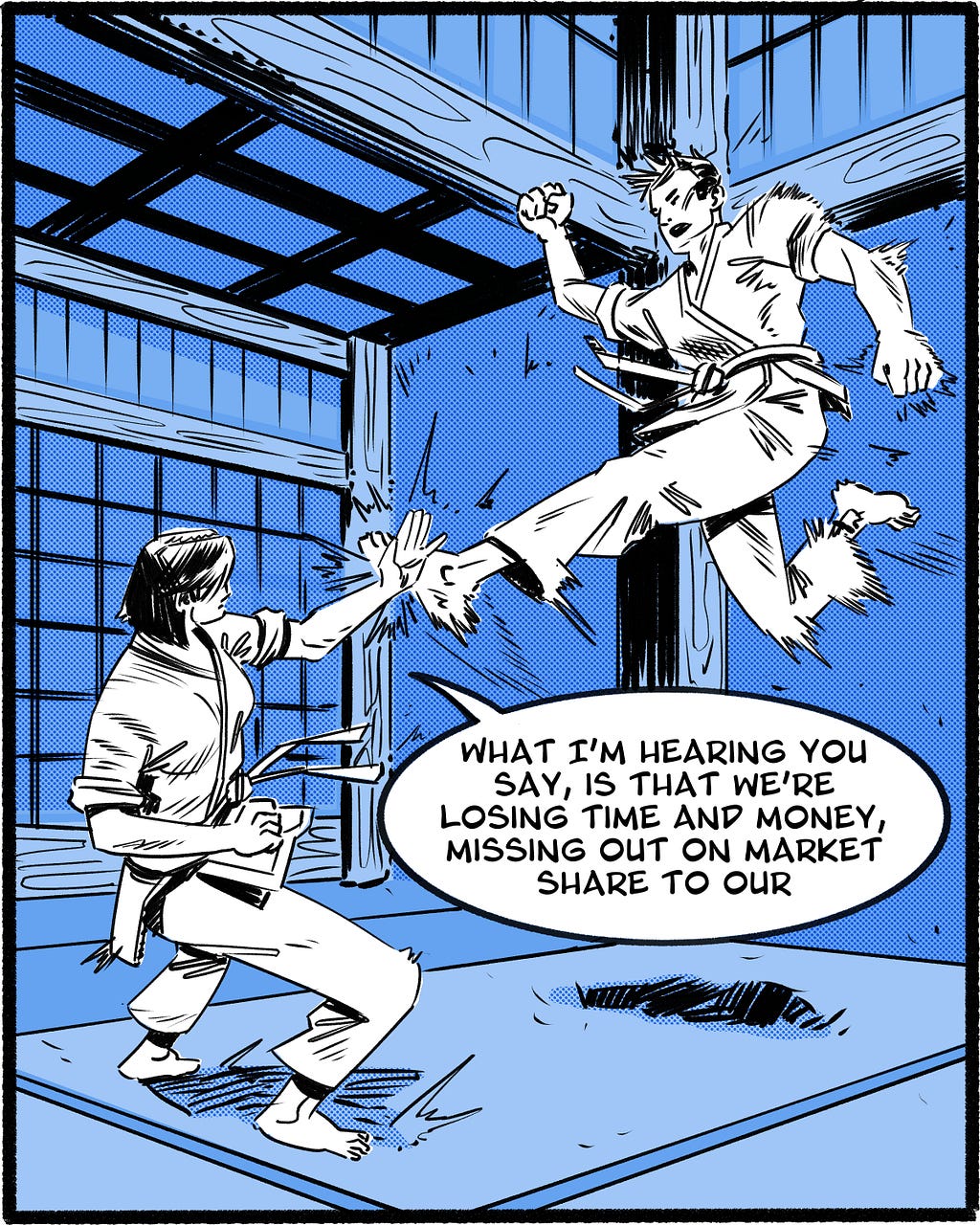
Example
If you have a coworker who is very concerned about budget and says, “I’m worried about time and budget constraints. I’m not sure that we’ll have enough time to do all the user research that you’re looking to do.” You can mirror her response by saying something like, “I hear that you’re concerned with our budget and the time that it will take to implement user research. That totally makes sense.”
3. Summarize the Facts: Clarify and Confirm
Similar to mirroring, summarizing distills what everyone has been saying into a concise statement that captures the essence of the conversation or meeting. This is a way to align everyone together before moving forward. What separates this from mirroring is your goal. We use mirroring to let our coworker know we hear and understand them. We use summarizing to align on the actual problem, or potential solution.
We can use this to gather agreement on where we want to go next.
Why it works
- Clarity: summarizing helps resolve any potential misunderstandings.
- Consensus: it can create alignment on a particular issue, making it much easier to move forward.
- Focus: you can use it to bring the conversation back to the core issue, avoiding any tangents.
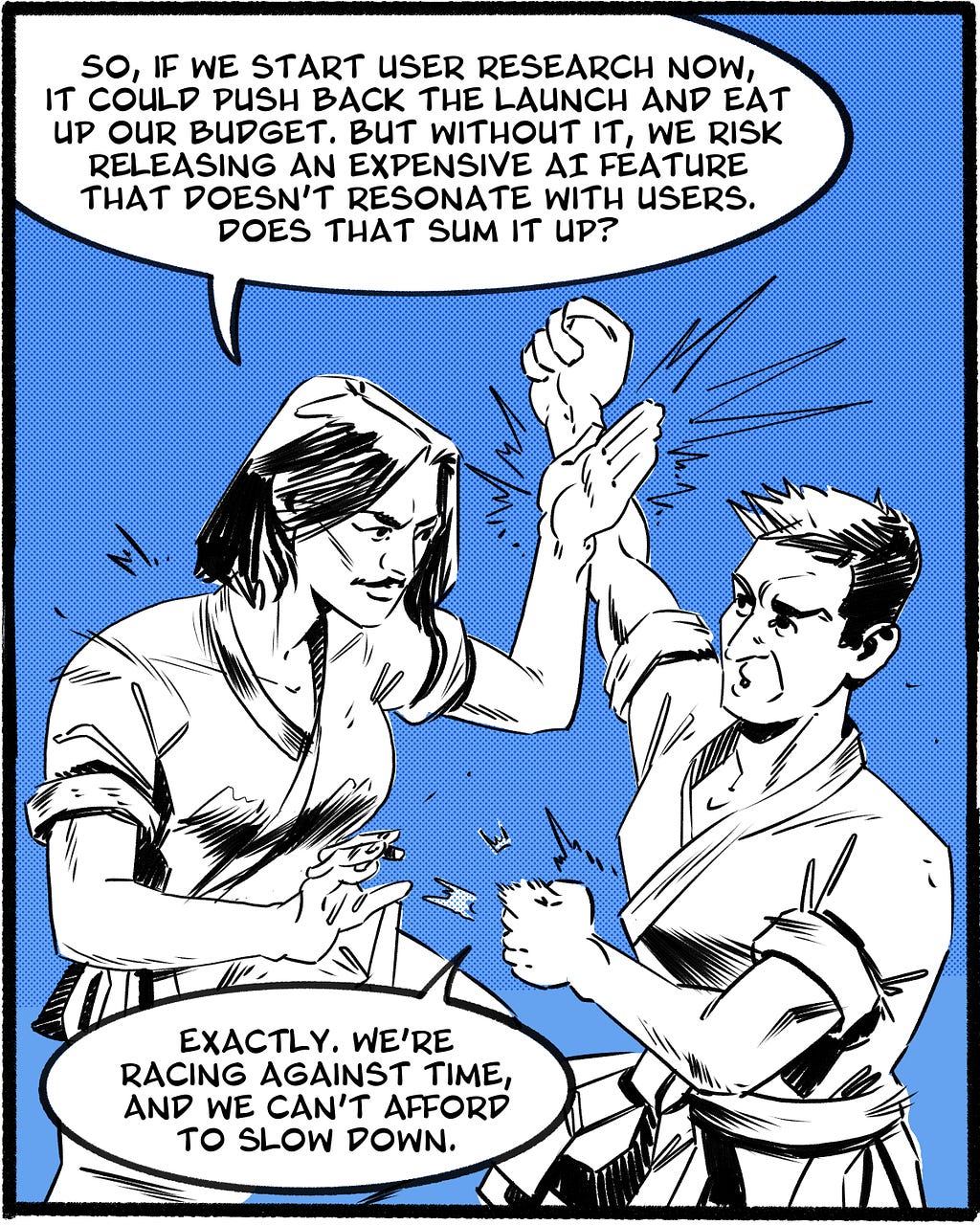
Example
After discussing a project issue, mirroring your project stakeholders, you might say something like this: “Let me make sure I understand what we’ve discussed so far. Our primary concern is around timeline and budget constraints. And we need to make sure that if we include user research into this work, it adheres to those constraints. Does that sound right?”
4. Give Them a Map to Joy: Guide Towards a Shared Goal
Once we’ve aligned using shared questions, built rapport with mirroring, and gathered consensus by summarizing, we can point towards a singular vision. Hopefully, by using the previous tools, we’re all in alignment with where we want to go. It’s up to us to map out the path to get there.
As designers, this is our opportunity to influence the direction of the work. If we can suggest a tangible path that addresses the shared concerns of the group, we can get the consensus we need to move forward.
Why it works:
- Direction: People often know where they want to end up, but they don’t usually know how to get there. By offering them a practical way forward, we’re solving that problem for them.
- Confidence: A clear plan reduces uncertainty and builds confidence in our proposed solution.
- Motivation: by framing the plan as a joint effort, we foster a sense of teamwork and shared vision.
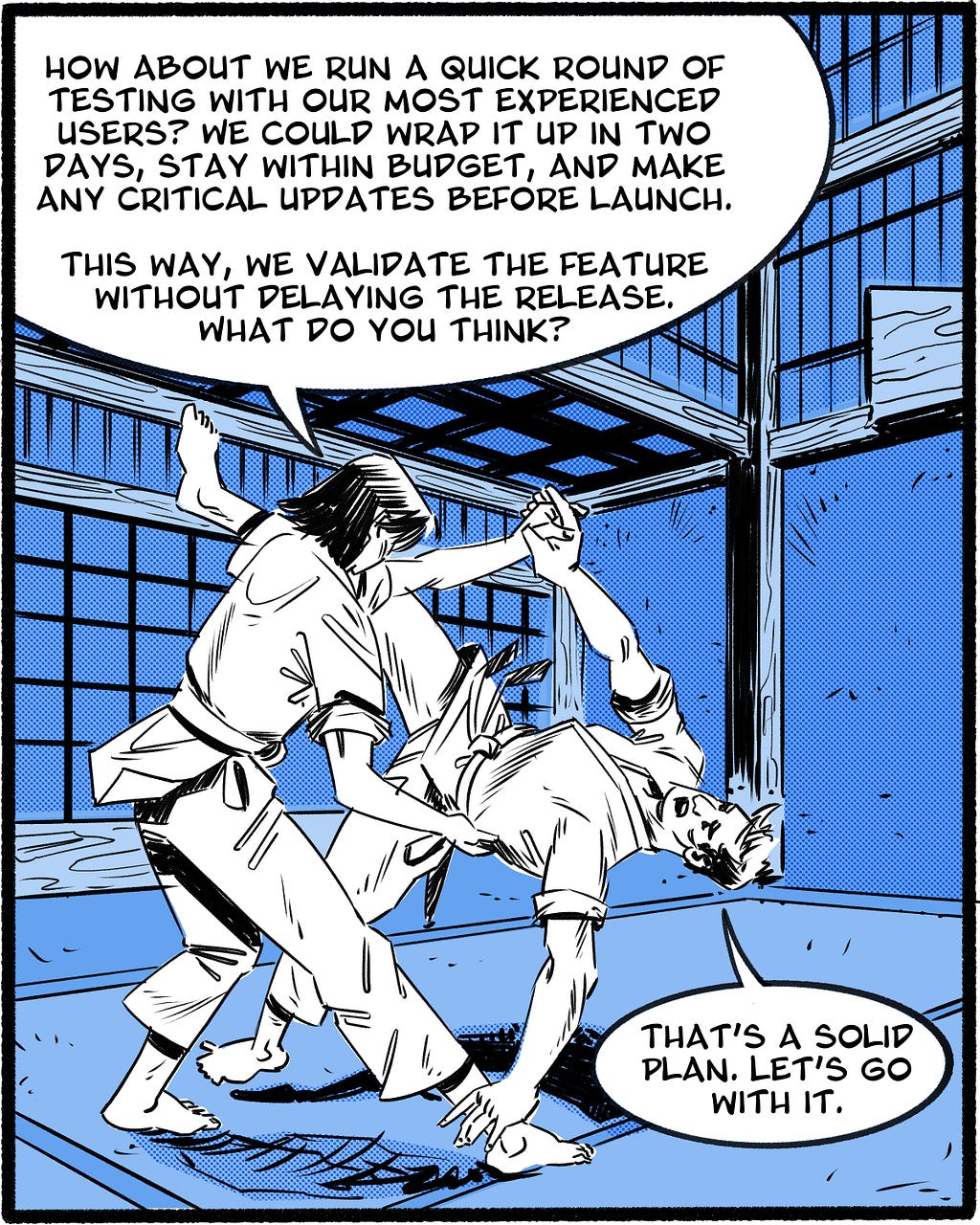
Example
After summarizing the problem, we might say something like, “If we can implement a user study over the next four weeks to validate our design concepts, we’ll not only be able to operate within our given timeframe and budget, but we’ll be sure to solve our actual users’ problems. If I draft up the plan, do you think this is something we could collaborate on?”
Conclusion
Leading others and casting vision to solve big problems is incredibly difficult. It’s not a battle. We can’t win it with punches, kicks, and headlocks. It’s a dance — it requires creative adjustments based on active listening. We understand and validate the needs of our coworkers while advocating for the solution we think is best. By asking calibrated questions, mirroring partners’ words, summarizing the facts, and providing a clear roadmap, we can lead our colleagues to a stronger, more collaborative, successful outcome.
A few questions for you:
What strategies have you used to align your team when working towards a common goal?
What’s your go-to approach when dealing with differing opinions in a team setting?
Can you share a time when a conversation or project went off track, and how you got it back on course?
Resources
Never Split the Difference by Chris Voss
Affiliate Disclosure: Any Amazon links are affiliate links and help support my writing and drawing.
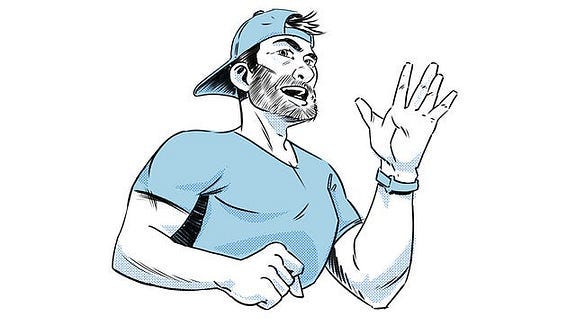
Hey y’all! I’m Trip Carroll, a design leader at Cisco and aspiring cartoonist.
I write and publish a new article on design, leadership, and software development every other Monday. You can see more of my work on my website, check out my drawings on Instagram, or subscribe to my newsletter on Substack.
Let’s make work great!
Karate’s got nothing on dancing the two-step was originally published in UX Collective on Medium, where people are continuing the conversation by highlighting and responding to this story.

Leave a Reply